If you’re constantly waiting for your air compressor to catch up, or your tools feel underpowered due to insufficient air, it might be time to double your compressed air capacity. For heavy-duty tasks, connecting two air compressors together is a practical way to increase air volume and power. This setup is particularly useful in workshops or environments where air-hungry tools like sanders, impact wrenches, and paint sprayers are frequently in use. So in this guide we will briefly explain how to Connect 2 Air Compressors Together.
Let’s Began
Table of Contents
Advantages of Connecting Two Air Compressors
Here are some compelling reasons to connect two air compressors:
- Increased Air Volume: The most significant advantage connecting two air compressors is the increased volume of compressed air at your disposal. As a result, air tools that require sustained air pressure can be operated for longer periods of time.
- Reduced Compressor Strain: By sharing the workload between two compressors, you reduce the strain on each individual unit, potentially extending their lifespan and reducing the frequent maintenance work.
- Improved Tool Performance: Your air tools will perform optimally with greater airflow, which will not only enhance their efficiency but will also reduce your work time.
- Cost-Effectiveness Combining two smaller compressors can be a more cost-effective solution than purchasing a new single, larger industrial-sized model.
Key Requirements and Considerations
Before getting into the connection process, here are some essential points to keep in mind:
- Pressure Compatibility: Ensure that the maximum pressure ratings (PSI) of both your air compressors, which you are going to connect, are similar. Because mismatched pressures could lead to potential damage, especially to the air compressor with a lower rating.
- Check Valves: Install check valves on the output side of each compressor. These crucial components prevent backflow, thus ensuring air only flows out of the compressor and not back in.
- Hose Size: Opt for an air hose with wider diameter to accommodate the increased airflow from two compressors. This will minimize pressure drops and will allow your tools to function at peak performance.
- Power Supply: Double-check that your electrical circuit or outlet has the capacity to handle the simultaneous operation of two compressors. Overloading your electrical system could cause safety issues.
How To Connect 2 Air Compressors Together: Step-by-Step Guide
Following is the step by step guide to connect 2 air compressor together:
-
Safety First:
Your safety is the most important step. Therefore, Before starting, always turn off both air compressors and unplug them from their power source. Drain any remaining air from both compressor tanks.
-
Locate and Prepare Ports:
Identify a dedicated output port on each of your air compressors. If an additional output port is needed, carefully install one according to the manufacturer’s instructions for your specific compressor model.
-
T-Fitting or Manifold:
Install a T-fitting onto the output port of one of your compressors. For a more organized setup with multiple connections, you can use a manifold instead of a single T-fitting.
-
Connect the Compressors:
Using a suitable air hose, connect one of the remaining openings on your T-fitting or manifold to the output port of your other compressor. Ensure a tight fit by using thread sealant tape to secure the connections.
-
Attach Your Tools:
Connect your air tools or a hose leading to your workshop’s compressed air system to the third connection on your T-fitting or manifold.
-
Power Up and Test:
Plug both compressors back into a power supply and turn them on. Observe the operation and check if both compressors are pressurizing correctly. Listen carefully for any air leaks and address them immediately.
Additional Tips and Strategies
- Staggered Start-Up: To optimize efficiency and workload distribution, consider setting one of your compressors to turn on at a slightly lower pressure than the other. This prevents both compressors from starting at the same time and helps balance their operation.
- Ventilation: Air compressors generate heat, so ensure the area where they are operating is well-ventilated to aid with cooling.
- Maintenance: Continue to adhere to the recommended maintenance schedules for both compressors. Regular maintenance is essential to keep your system running smoothly and efficiently.
- Safety Considerations: Always refer to the owner’s manuals for your air compressors before undertaking this project. Wear eye protection while working on the setup, and regularly inspect all connections for leaks.
- Professional Assistance: If you have any doubts or feel uncertain about any part of the process, consider consulting a qualified technician for help.
Conclusion
You can gain a significant boost in air volume and overall power, If you know how to connect 2 air compressors together, making your workshop or workspace ready to handle demanding tasks. Remember that careful planning, commitment to safety guidelines, and appropriate components are essential for a successful and reliable setup. If you’re comfortable with basic tools and have a good understanding of your air compressors, this project can be a practical solution to optimize your workflow and get the most out of your air-powered tools.
FAQs About How To Connect 2 Air Compressors Together
Q 1: Can I connect any two air compressors together?
Answer: While it’s technically possible, for optimal performance and safety, it’s highly recommended to connect compressors with similar pressure ratings (PSI). Mismatched pressure ratings could lead to damage or inefficiencies.
Q 2: What additional parts do I need besides the air hoses?
Answer: You’ll need:
1. Check valves (one for each compressor) to prevent backflow.
2. A T-fitting or manifold to join the compressors together.
3. Thread sealant tape to ensure airtight connection.
Q 3: Do my air compressors need to be the same brand or model?
Answer: No, your compressors don’t need to be identical. However, they should have compatible maximum pressure ratings and ideally, similar airflow capacities (measured in CFM).
Q 4: Is it safe to do this myself, or should I hire a professional?
Answer: If you have a good understanding of your air compressors, experience working with tools, and feel comfortable following the steps outlined in the article, this can be a DIY project. However, if you have any hesitations or concerns, it’s always safest to consult a qualified technician.
Q 5: Will my power outlet be able to handle running two compressors at the same time?
Answer: This depends on the power draw of each compressor and the capacity of your electrical circuit. Check the amp requirements for your compressors and ensure your outlet and wiring can safely manage the combined load.

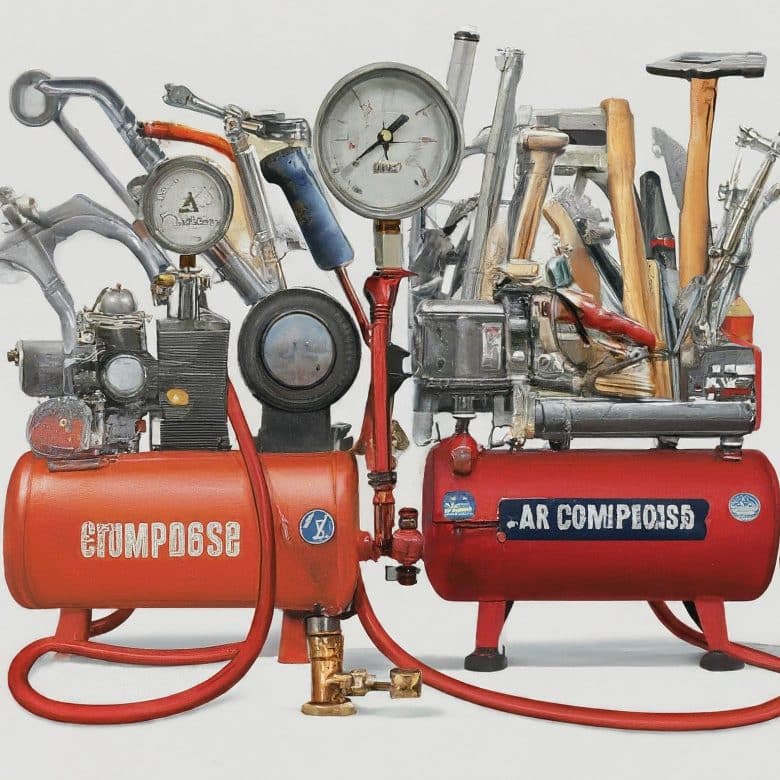
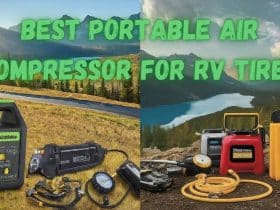
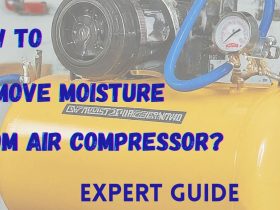
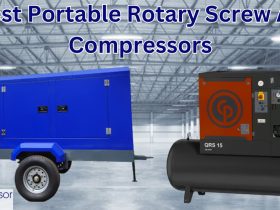


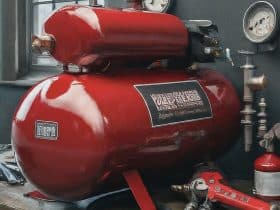
Leave a Reply